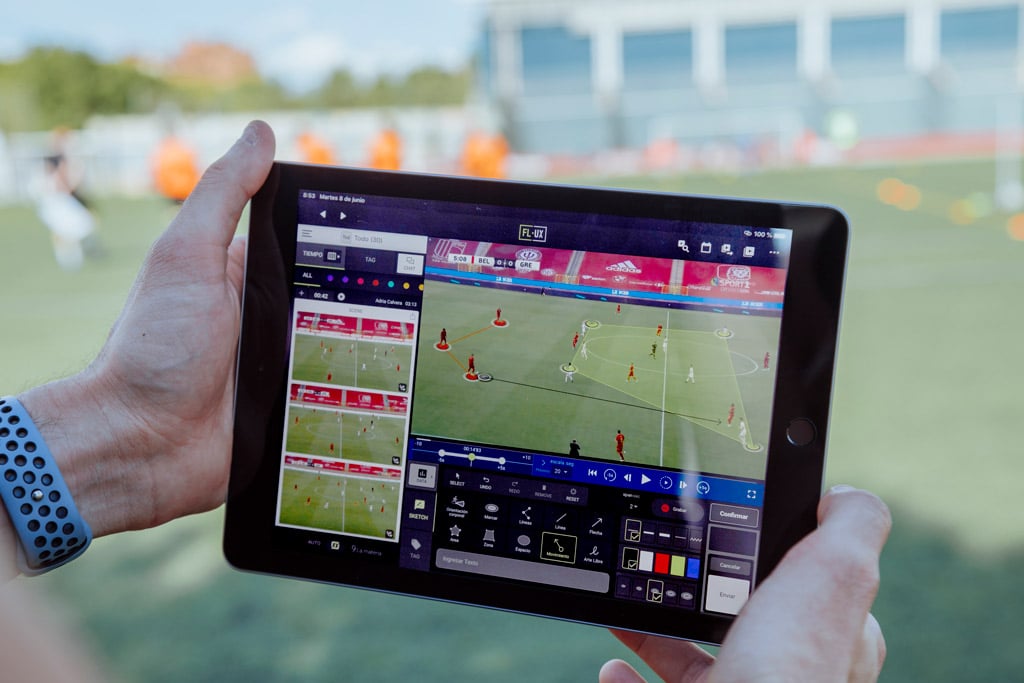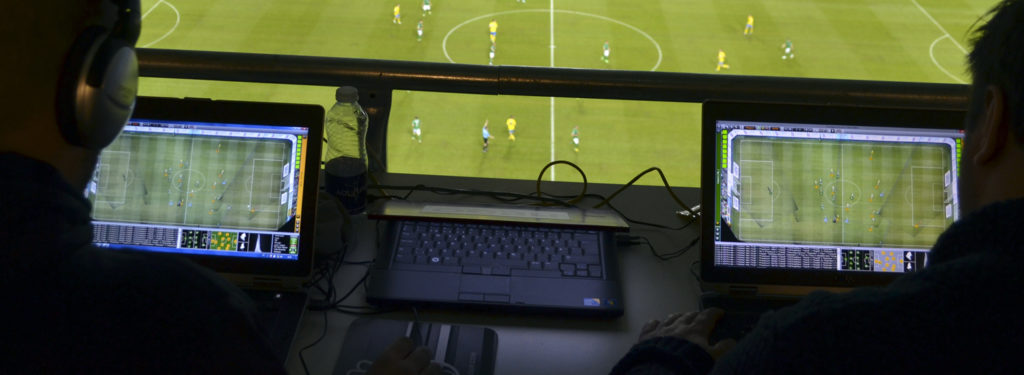The analyst is a person who is part of the team’s coaching staff and analyses individual and collective performance, as well as that of the opposition, with the aim of being better prepared for competition.
Their work is not only on the day of the match or the days leading up to it, but during the week they have to organise their time properly to be able to complete all their duties. To do this, they follow a microcylce with which they organise themselves in the following way:
- Start of the week
Analyse the implementation of the game model in the previous match to select the training content for the week ahead. From this point, the staff can focus the work of the training session to improve the needs according to the previous game. For example, work on the improvement of some offensive concepts in the build-up moment, since the team had some difficulties in that moment of the game.
- During the week
To make videos of the training sessions to identify the players’ level of understanding of the tactical concepts worked on. For example, analyse how the players are able to solve the situations of high pressure of the opponent in the build-up moment and where they can have more difficulties.
- Midweek
Analysis of the last three matches of the opponent, with the aim of producing a report on their strengths and weaknesses. For example, in which phases and game moments the opponent can create more problems and in which we can find some advantages. This will serve as starting point to prepare the match plan.
- End of the week
Collect information about the opponent and the characteristics of the players we will face in the next match to give more specific information to our players. It is often useful to know the main strengths and weaknesses of the direct opponent that a player will be facing. For example, that our right winger knows the characteristics of the opponent’s left back, or that our centre-backs receive information about the forward.
- During the match
Live analysis for a first-half report to improve the team’s performance in the second half, and a second-half report to start the post-match report to begin the following week again.
| Sunday | Monday | Tuesday | Wednesday | Thursday | Friday | Saturday |
| Match GAMEWEEK 1
5. Live analysis + start of the post-match analysis |
1. Post-match analysis | Match GAMEWEEK 2
5. Live analysis + start of the post-match analysis |
||||
| 2. Record the training sessions | ||||||
| 3. Analysis of the last 3 matches of the opponent for the following weekend (GAMEWEEK 3) | ||||||
| 4. Compilation of more specific information on the opponents | ||||||
Table 1. Weekly organisation of the work of a professional analyst. Source: MBP
It is clear, then, that the role of the professional analyst goes beyond the live analysis of matches and opponents. It has now become a fundamental source of information for any team and, as such, it is key that the work is properly organised.
Would you like to become a professional analyst?
Our Scouting and Game Analysis online course will allow you to learn in depth about the MBP analysis model and to go deeper into the use and operation of professional analysis. You will get to know the most advanced technological tools and learn how to use one of them to collect information, order it and interpret it according to methodological patterns and to face the competition with a professional analysis of your own team and the opponent.
In short, in this course you will learn the basics of match analysis and the collection of information from the competition to enable you to make coherent and effective decisions.









This is an amazing offer. Thank you for improving my knowledge about the work/ world of a match analyst. I really appreciate this.